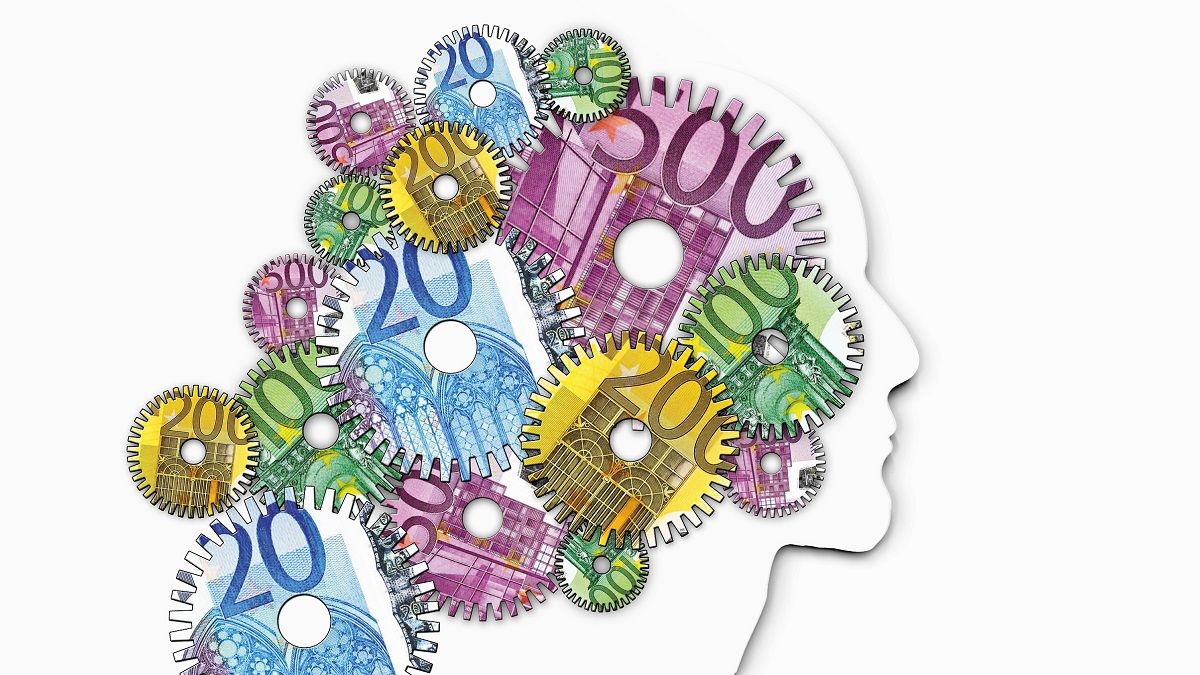Somehow, we always knew that we would get here. As reported pretty much everywhere yesterday, inflation in the eurozone managed to hit a high of at least 3%.
According to multiple outlets—including Reuters, CNBC, Deutsche Welle, and the FT—inflation across 19 countries went over 3% in August, figures that are expected to be confirmed in a few weeks.
If that is true, and it certainly looks to be that way, that means the consensus target of 2% is, much like the legal drinking age in Quebec, only a suggestion that everyone has blown past.
In Germany, reported Deutsche Welle, the Federal Statistical Office said that prices had risen 3.9% year-on-year. The broadcaster said that the last time inflation had been higher than this was in December 1993. But if the Germans had ever been worried about inflation, The Economist said condescendingly in May that the country should ‘take one for the team’ and ‘Germany must learn to live with a little inflation’.
Peaks, troughs and supply chain issues
Deutsche Welle spoke to a handful of economists this week, all of whom said that the increased inflation was a temporary blip and that things would settle towards the end of the year.
Christine Volk, the press rep at KfW, is reported to have said words to this effect to the AFP news agency: “The current increase is likely to remain temporary.”
The reasoning that this is just a blip, continues Deutsche Welle, is entirely due to temporary circumstances. “Central bankers,” it reported, “say the current rise in prices is a temporary fallout of the economic disruptions caused by the coronavirus global health emergency. Supply chains have been disrupted by demand first collapsing and then coming back quickly, making prices volatile. They argue that factors pushing up prices would disappear once the global economy normalises, pandemic-hit businesses return to full capacity and supply chain issues are resolved.”
(Although the next paragraph of that article goes on to say that some bankers think otherwise and that high inflation could go on for much longer.)
This echoes much of my reporting from earlier in the year. At Expert Investor, we have touched repeatedly—as has everyone else—on the subject of inflation in recent months.
In July, I spoke to Carsten Brzeski, chief economist at ING-Diba about it. He predicted then (“There should be inflation of 3-4% in the second half of 2021, but that will come down again over the next 12 months.”) what we are hearing and reading now.
Crystal balls
So the question is now one of what comes next. And the truth is that no one really knows, especially people like me. Even the smarter ones are conflicted.
As CNBC reported, “Jack Allen-Reynolds, senior Europe economist at Capital Economics, said in a note Tuesday that he expects the headline rate of inflation to drop to around 2% in January, and then ‘trend down throughout the year,’ ending 2022 at around 1%.”
Euronews reported similar, saying: “Economists say the high inflation is likely due to the reopening of economies and supply issues that could subside next year.”
Others have taken a different tack. Writing in Forbes two weeks ago, Mike Patton, president of Integrity Wealth Management, gave three reasons why inflation may be set to continue.
The first was the producer price index, which he said had spiked sharply since January this year because of the problems in the supply chain. “With fewer products being made,” wrote Patton, “inventories are low, especially for a non-recessionary period. This reduction in supply, coupled with increased consumer demand, are major catalysts for the recent spike in inflation.”
Patton lays out the second reason for the inflationary spike: government spending. “Sure, the economy is doing well,” he writes, “but it is largely due to the excessive spending in Washington. If you put enough money into the hands of consumers, coupled with the stress of the pandemic, they will spend. This has caused an increase in demand, which has served to push inflation higher. If the government continues to spend at the same rate, and the supply chain problems persist, inflation will continue to rise.”
The final reason is the actions of the Federal Reserve. “Currently, the Federal Reserve continues to buy Treasury Bonds and mortgage-backed securities to the tune of $120bn per month. In other words, the Fed has been adding $120bn per month to the money supply.”
Overall, Patton was unsure about what would happen next, but he cautioned that inflation would continue to rise. “Nonetheless,” he concluded “with a pandemic that is surging, a Democratic majority in Washington intent on spending excessively, continuing supply chain constraints due to the pandemic, and an over-stressed consumer that has been spending, it’s likely inflation will rise much more in the coming months.”
So we are now in a period that everyone seems to have been predicting since the beginning of this year. Some might question that like the film Candyman, if we kept saying ‘high inflation’ often enough, it would appear behind us.
I would like to think that the high inflation we are seeing now is more prediction than guess. The question is, going forwards, whether what we get will be the former or the latter.







